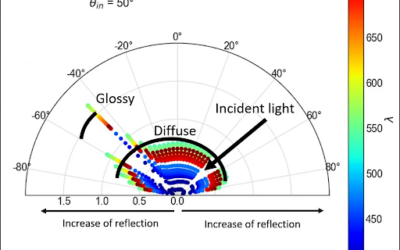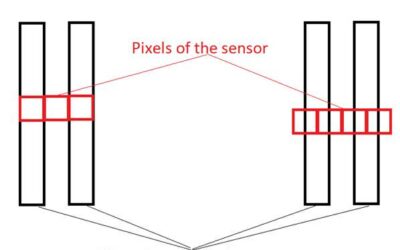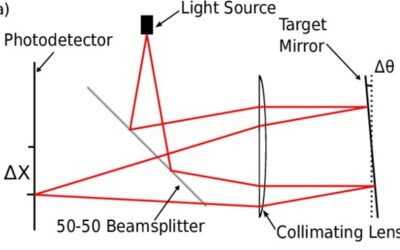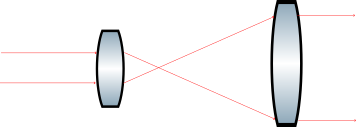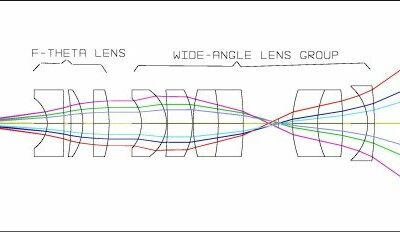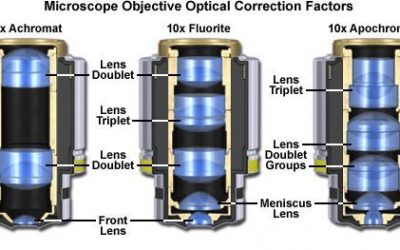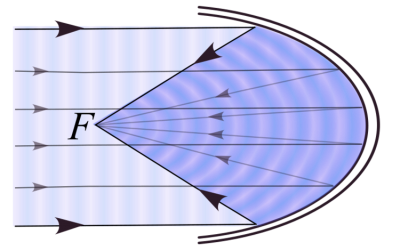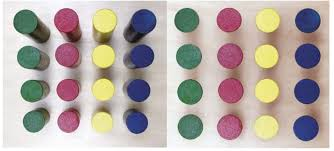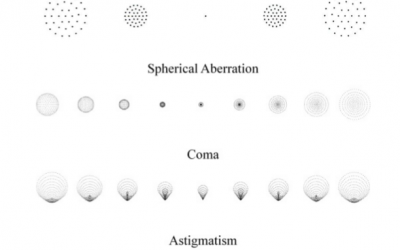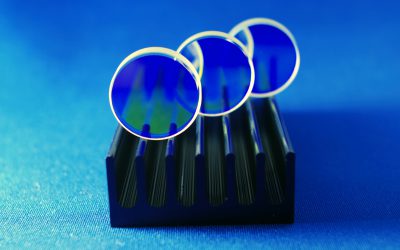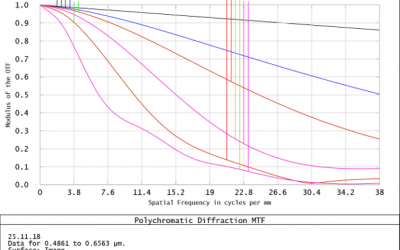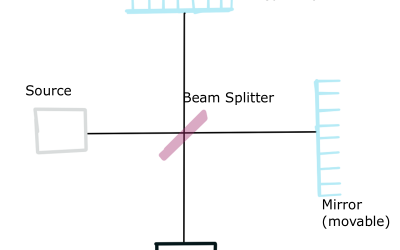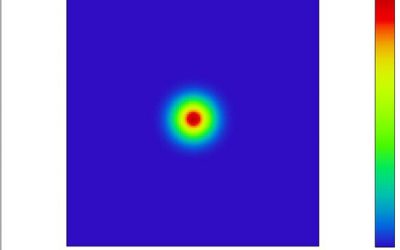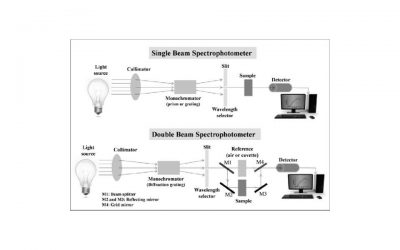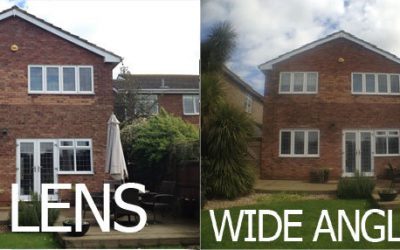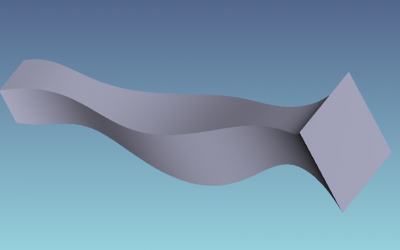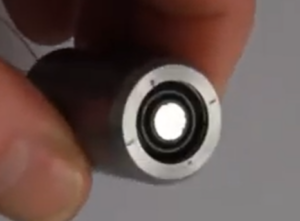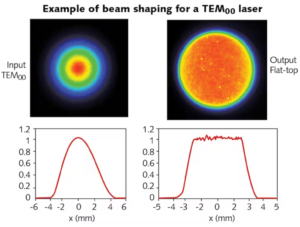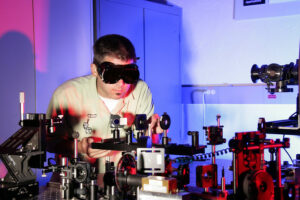In this article, we will explore a critical aspect of optical design: the K correlation, and how it plays a pivotal role in managing issues such as stray light and light scattering in optical systems, and we will discuss the Bidirectional Scattering Distribution...
optical engineering
Questions and Answers optical resolution
by Victor Argueta | FAQ, lens design, optical design, optical engineering
In the world of imaging and optics, achieving clarity and precision is paramount. Whether it's for quality control, machine vision, or barcode reading, understanding the intricacies of image resolution plays a vital role in ensuring the success of various...
Using Auto-Collimators for Optical Assemblies
by Victor Argueta | lens design, optical engineering, optics
Uses and Benefits of auto collimators for optical assemblies explained
Beam Expander Design
by Victor Argueta | FAQ, optical design, optical engineering
Types of beam expanders and design features are explained
Steering Mirrors In LIDAR Systems
by Victor Argueta | FAQ, lens design consulting, Optical Components, optical engineering, Victor Argueta
This is our third installment of a four-series blogs about steering mirrors. We have talked previously about steering mirrors in laser markings and steering mirrors in OCT systems. This week, we will talk about the steering mirror requirements for those in LIDAR...
Understanding objective lenses
by Victor Argueta | FAQ, lens design, Optical Components, optical design, optical engineering
Introduction In previous entries, we have talked about the design of scanning microscopes, infinity corrected microscopes, confocal microscope design, and Koehler illumination systems-a common illumination system in microscopes. The most essential microscope element...
Rigid Endoscope Design
by Victor Argueta | FAQ, optical design, optical engineering, Victor Argueta
Endoscopes are medical devices designed to collect the smallest images from inside the human body. Endoscopes can be divided into two categories: rigid endoscopes, in which relay lenses are stacked together generally creating a high-quality image, and flexible...
Parabolic Mirror Design
by Victor Argueta | FAQ, optical design, optical engineering, optics definitions
Parabolic mirrors are optical systems that are used to collect or distribute energy. They have a wide range of applications from solar collectors for water heating systems to microscopes and telescopes, and everyday flashlights. The most common way ...
Telecentric Lens Design: Enhancing Precision in Optical Systems
by Victor Argueta | FAQ, lens design, lens design consulting, machine vision, optical engineering
Introduction to Telecentric Lenses An important goal in machine vision applications is taking measurements in a consistent, accurate, and precise manner. This can include measuring the dimensions of manufactured parts to guarantee they are within the design...
Mastering Spot Diagrams: Analyzing Optical System Quality | OFH
by Victor Argueta | FAQ, lens design, optical engineering, optics definitions
Introduction to Spot Diagrams As optical engineers, we use different tools and techniques to evaluate the performance of an optical design when simulating the system in a ray tracing program. One of those tools are spot diagrams. They may be a little bit confusing to...
Designing optical systems with hot and cold mirrors
by Victor Argueta | optical engineering, optics definitions, science
Filters for selecting specific wavelengths are common in optical systems. In our microscope design article we explained the use of dichroic mirrors to select fluorescent wavelengths. In some applications optical engineers need to filter out high (UV light) or lower...
Scanning and Fluorescent Microscope Design Steps
by Victor Argueta | lens design, optical design, optical engineering
Microscopy is a fundamental technique used to analyze samples that are too small to be perceived without magnification. It is used in multiple sciences, from biology, medicine, chemistry to anthropology, and any science where small samples are...
How to read an MTF chart
by John | optical engineering
Understanding the purpose of an MTF chart and how to read and MTF chart is an essential skill for anyone involved in the development of products that use optics.For most applications an MTF test is the single best method to determine lens quality. In this post we will...
Introduction to Interferometers, theory and design types
by Victor Argueta | optical engineering
Introduction to interferometry Interferometers are a family of optical systems that can be customized for a range of applications such as sensors to identify pathogens, detect liquid modifications due to pollutants or oxygen depletion, or aberrations caused by the...
Laser Beam Homogenizer: Ensuring Uniformity in Laser Applications
by John | optical engineering
Introduction Laser beam homogenization is a pivotal technique in laser optics that aims to improve the uniformity and consistency of laser beams. In many laser applications, such as material processing, lithography, and medical treatments, the spatial intensity...
Free multi-catalog lens search tool launched
by John | optical engineering, optics
Last week, we announced the launch of a free lens search tool for optical engineers. It is available at www.opticsforhire.com/lens-search The searchable database allows engineers working in robotics, machine vision, industrial, and security industries...
Launching a custom spectrophotometer design
by John | optical engineering
Spectrophotometers are an essential analytical tool used in many disciplines including biology research, chemical and clinical labs, medical imaging and biomarker testing. They are used to detect, identify, and quantify matters in solution, including DNA,...
Lens attachment design, wide angle and telephoto lenses.
by OlegRybakovsky | optical engineering
As discussed in previous post on smartphone attachment lenses, users of iPhone, Galaxy, HTC One, Nexus 5, and others smartphones cannot interchange lenses to alter focal length like with a SLR camera. However, it is possible to vary the focal length with afocal...
Infrared and thermal optics material selection
by SergeySidorovich | lens design, optical engineering
The selection of optical materials is a critical step in the design of infrared optics. Traditional optical materials (optical glasses and plastics) used in the design of visible radiation optics aren’t suitable due to their high light absorption coefficient in the...
Expanding Zemax Capabilities with User Defined Objects
by AnatoliTrafimuk | illumination, optical engineering, Zemax
To assist with the computation of the paths of millions of light rays, optical engineers use specialized software to design and simulate optical systems. Zemax is the most popular optical design software and the one I prefer. It includes many built-in functions...

